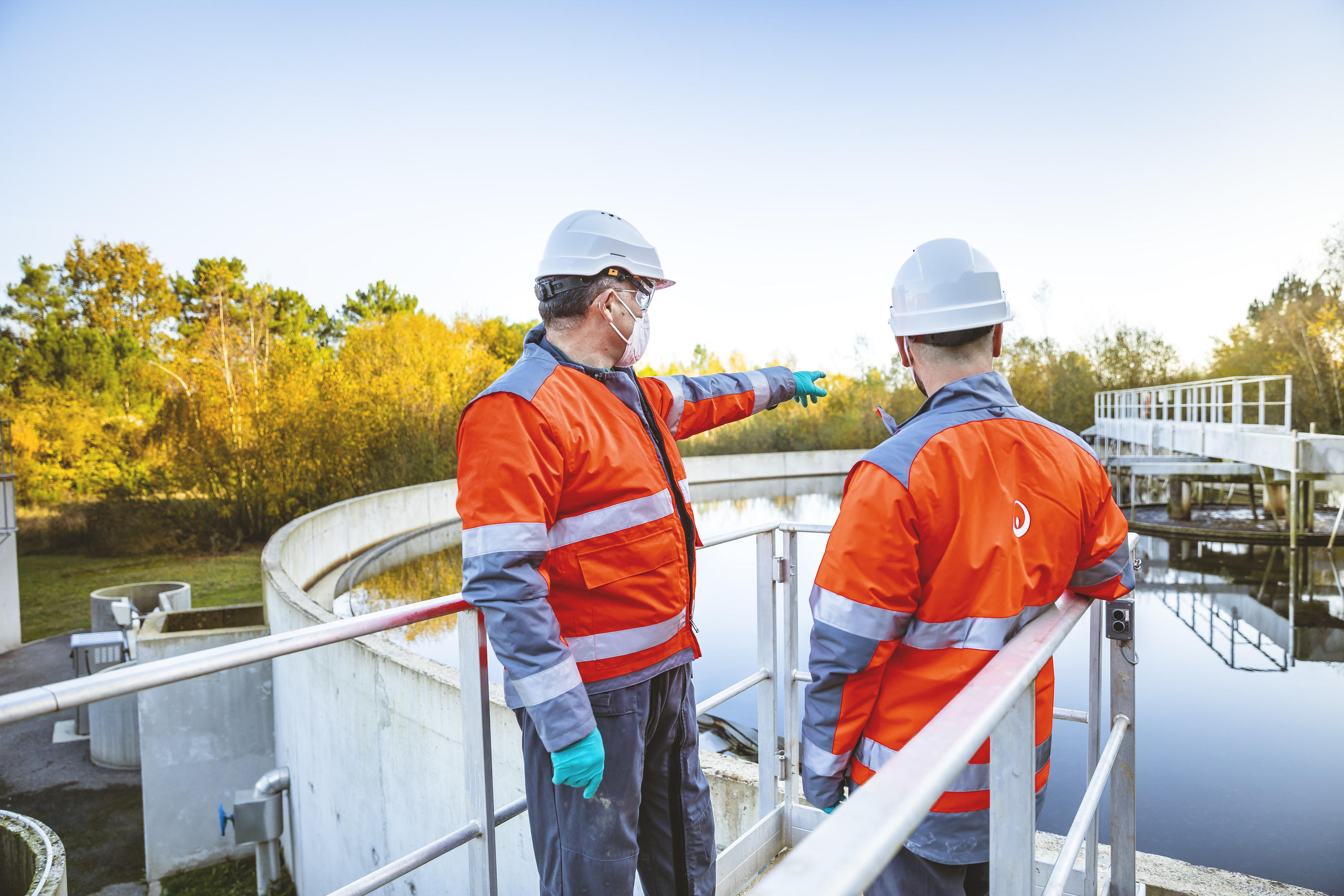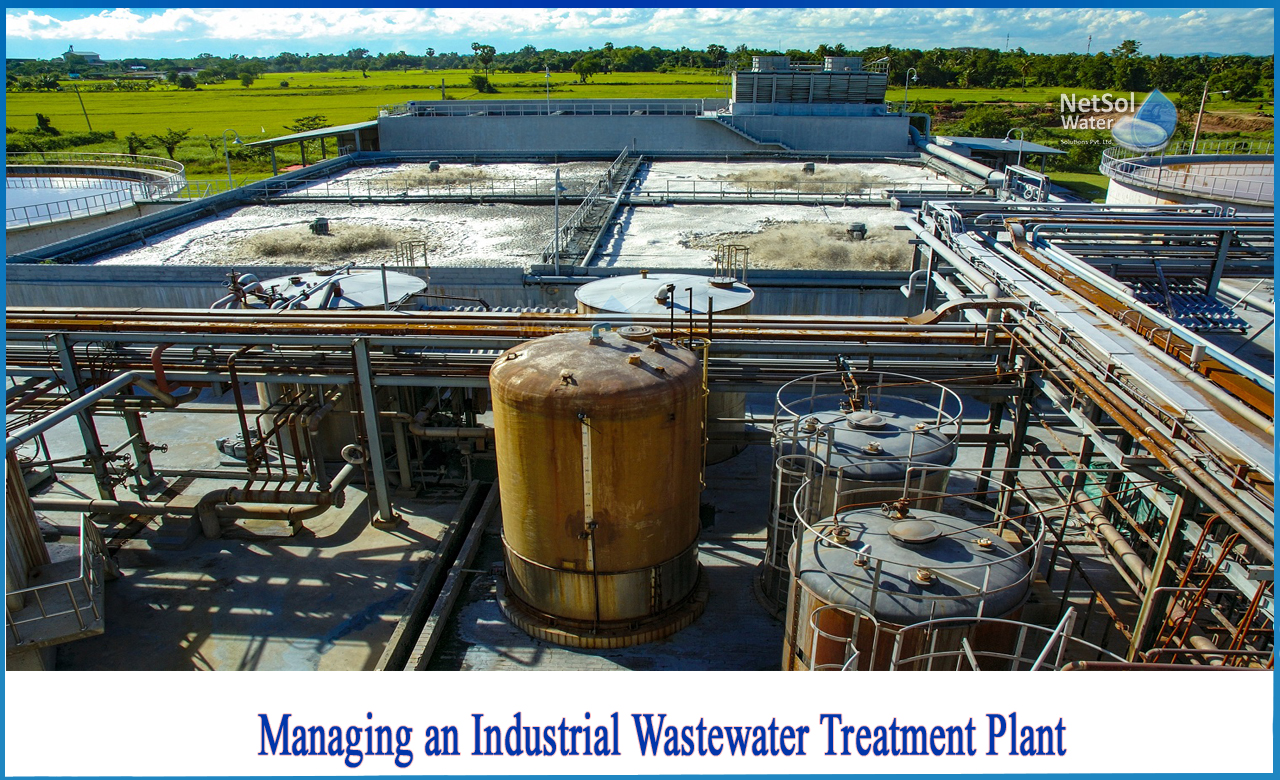Industrial Waste Water Treatment-- Customized Solutions for Effective Wastewater Treatment
Wiki Article
Trick Techniques in Industrial Waste Water Therapy Processes
The treatment of industrial wastewater is an important element of ecological monitoring, involving a range of methods created to reduce the influence of contaminants. Improvements in modern technologies such as membrane layer filtration and advanced oxidation procedures use cutting-edge remedies for enhancing treatment effectiveness.Physical Treatment Techniques
Exactly how successfully can physical treatment approaches deal with the intricacies of industrial wastewater? Physical treatment approaches play a pivotal function in the initial phases of wastewater administration, focusing primarily on the removal of solids and big particulates. Methods such as filtration, sedimentation, and flotation are crucial for lowering the focus of suspended solids, therefore boosting the effectiveness of subsequent treatment processes.Sedimentation involves the gravitational settling of solids, enabling the splitting up of much heavier materials from the wastewater. This method is particularly effective in making clear water before organic or chemical therapies. Filtration, on the various other hand, makes use of different media to capture particle issue, guaranteeing that smaller contaminants are gotten rid of. This technique can be customized to accommodate different sorts of industrial effluents, producing clearer effluent streams.
Furthermore, flotation techniques, which utilize air bubbles to lift suspended solids to the surface area for elimination, work in dealing with wastewater with high concentrations of fats, oils, and oils. On the whole, physical treatment techniques function as an essential initial step in the extensive management of commercial wastewater, making sure that the load on succeeding therapy phases is decreased and enhancing total therapy efficiency.
Chemical Treatment Methods
While physical treatment techniques prepared for effective wastewater administration, chemical treatment strategies are necessary for addressing the a lot more complex impurities frequently found in industrial effluents. These approaches use various chemical agents to precipitate, reduce the effects of, or oxidize hazardous substances, guaranteeing an extra thorough removal of toxins.
One typical strategy is coagulation and flocculation, where chemical coagulants such as aluminum sulfate or ferric chloride are contributed to advertise the aggregation of suspended particles. This procedure enhances solid-liquid separation, reducing turbidity and boosting water top quality. Additionally, neutralization procedures are used to adjust the pH of wastewater, making use of acids or bases to counteract acidic or alkaline streams, respectively.
Oxidation-reduction reactions play a crucial function in degrading natural impurities and pathogens. Chemical oxidants like hydrogen, chlorine, or ozone peroxide are utilized to break down complex natural substances, making them less damaging or more eco-friendly. Advanced oxidation procedures (AOPs) integrate several oxidation techniques to boost toxin elimination efficiency.
Biological Treatment Procedures
The effectiveness of wastewater treatment is considerably improved by organic therapy processes, which harness the natural metabolic activities of microorganisms to disintegrate natural issue and get rid of toxins. Industrial Waste Water Treatment. These processes largely entail anaerobic and cardio food digestion, each customized for specific types of wastewaterCardiovascular therapy procedures utilize oxygen to support microbial development, advertising the malfunction of natural pollutants right into co2 and water. Typical techniques consist of activated sludge systems, where aeration containers assist in the mixing of wastewater with bacteria, and dripping filters, which motivate biofilm development on media surface areas.
Alternatively, anaerobic therapy procedures happen in the absence of oxygen, making use of anaerobic germs to break down natural matter, causing biogas manufacturing, a renewable energy resource. Anaerobic digesters are frequently employed in commercial settings for this purpose, successfully minimizing the volume of sludge while creating important biogas.
The selection of an organic treatment approach depends upon wastewater features, therapy goals, and governing standards. The assimilation of biological procedures in wastewater treatment not just enhances toxin removal performance however additionally promotes sustainability by decreasing chemical usage and sustaining resource healing.
Advanced Oxidation Processes

Typical AOP methods include Fenton's photocatalysis, ozonation, and reagent. Fenton's reagent, a combination of hydrogen peroxide and ferrous iron, catalyzes the formation of hydroxyl radicals, making it you could try this out reliable for dealing with wastewater consisting of phenolic compounds and other stubborn compounds. Ozonation uses ozone as a powerful oxidant, with the ability of degrading a wide variety of organic toxins while concurrently decontaminating the effluent. Photocatalysis utilizes light-activated drivers, such as titanium dioxide, to improve oxidation reactions and get rid of pollutants.
AOPs use a number of benefits, consisting of reduced sludge production and the capability to deal with wastewater with high concentrations of natural toxins. The implementation of AOPs calls for mindful factor to consider of functional parameters and cost-effectiveness, guaranteeing that these sophisticated strategies are suitably incorporated right into existing wastewater therapy systems.
Membrane Layer Filtration Technologies

Microfiltration works for getting rid of suspended solids and microorganisms, while ultrafiltration targets smaller organic particles and infections. Nanofiltration bridges the space in between ultrafiltration and turn around osmosis, effectively removing organic compounds and divalent ions. Reverse osmosis supplies the highest degree of purification, image source made use of mostly for desalination and removing mono-valent ions.
Membrane technologies provide various benefits, including reduced energy intake contrasted to conventional treatment techniques, modular style for scalability, and the possibility for water recovery and reuse. However, challenges such as membrane fouling and the need for regular maintenance have to be addressed to guarantee system efficacy. In general, membrane filtration technologies stand for a vital component of modern commercial wastewater treatment techniques, promoting sustainability and source conservation in water management.
Conclusion
In conclusion, commercial wastewater treatment uses a varied variety of methods, including physical, chemical, biological, and progressed approaches. Each strategy plays a crucial function in effectively attending to different contaminants, boosting water high quality, and promoting source sustainability. The integration of these strategies promotes an extensive treatment approach, guaranteeing that industrial effluents meet governing requirements while reducing ecological effect. Continued advancements in these methods will additionally improve the performance and performance of wastewater treatment procedures in commercial setups.The therapy of industrial wastewater is an essential facet of ecological monitoring, entailing a variety of strategies developed to minimize the impact of pollutants.Exactly how properly can physical therapy approaches address the complexities of industrial wastewater?Advanced oxidation procedures (AOPs) stand for an innovative strategy in commercial wastewater treatment, developed to successfully weaken organic contaminants that are commonly immune to standard therapy methods (Industrial Waste Water Treatment).In final thought, commercial wastewater therapy employs a varied variety of techniques, consisting of physical, chemical, biological, and progressed approaches. Proceeded advancements in these methods will certainly additionally enhance the effectiveness and effectiveness of wastewater treatment processes in industrial settings
Report this wiki page